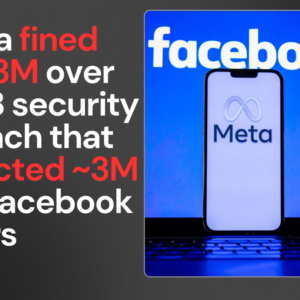Debugging is an essential skill for any developer. It’s the process of identifying, isolating, and fixing bugs in your code. Whether you’re working with JavaScript, Node.js, or any other programming language, mastering debugging techniques can significantly enhance your coding efficiency and confidence.
Why Debugging Matters
Debugging is crucial because it helps ensure that your applications run smoothly and efficiently. A single bug can lead to unexpected behavior, crashes, or security vulnerabilities. By effectively debugging your code, you not only improve the quality of your software but also enhance user satisfaction.
Have you ever struggled with an error message that just wouldn’t go away? You’re not alone! Many developers face similar challenges, but with the right techniques, you can turn frustration into triumph.
A Simple Framework to Solve Any Bug
Divide and Conquer
When faced with a bug, start by breaking the problem into smaller parts. This approach allows you to isolate the issue more effectively. For instance, if a function isn’t returning the expected result, check each variable and condition step-by-step.
Understand the Problem
Understanding why a bug occurs is key to fixing it. Take time to analyze the code and identify any logical errors or incorrect assumptions that might be causing the issue.
Reproduce the Issue
Consistently reproducing the bug is vital for testing potential fixes. Create a controlled environment where you can trigger the bug reliably. This will help you confirm whether your changes resolve the issue.
Use a Systematic Approach
Adopt a systematic approach to debugging by following these steps:
- Identify the problem
- Gather information (error messages, logs)
- Develop hypotheses
- Test solutions
- Verify fixes
This structured method ensures clarity and thoroughness in your debugging process.
Debugging Techniques Every Developer Should Know
Use Logging: The Power of console.log()
One of the simplest yet most effective debugging techniques is logging. In JavaScript and Node.js, using console.log() allows you to output variable values and track code execution flow.
function processUser(user) {
console.log('Processing user:', user);
if (user.age < 18) {
console.log('User is under 18');
return 'Too young';
}
console.log('User is adult, continuing...');
return 'Processed';
}
This technique helps you understand what’s happening in your code at specific points.
Debugging Tools for JavaScript and Node.js
Chrome DevTools
Chrome DevTools offers robust debugging capabilities for JavaScript applications running in browsers. You can set breakpoints, inspect variables, and step through code execution seamlessly.
Node.js Debugger
For Node.js applications, use the built-in debugger by running:
node --inspect-brk my-script.js
Then open Chrome and navigate to chrome://inspect to connect your debugger. This allows for in-depth inspection of your application’s state at runtime.
Common Mistakes and How to Avoid Them
- Neglecting Error Messages: Always read error messages carefully, they often provide clues about what went wrong.
- Overlooking Edge Cases: Test your code against various inputs, including edge cases that might not be immediately obvious.
- Ignoring Documentation: Consult official documentation or community resources like Stack Overflow when in doubt, they can save you time and effort.
Debug Like a Pro: Final Thoughts
Debugging doesn’t have to be overwhelming! With these tips and techniques, you’re just one step away from becoming a debugging pro. Remember that every bug is an opportunity to learn and improve your skills.
Ready to tackle your next coding challenge? Start debugging confidently with these pro tips!












